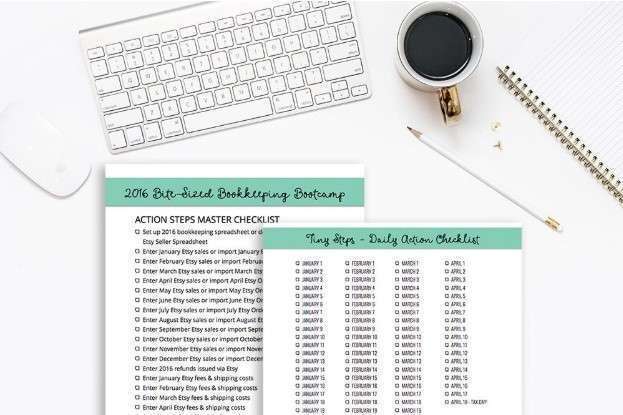Content
- Act on the Information- Activity-Based Costing Process
- The 4 types of activity-based costing activities
- Analyzing and reporting costs.
- Activity Based Costing vs Traditional Costing
- Example of Activity Based Costing
- Step 7. Formulate Reports
- ABC improves decisions about how to use resources- Benefits Of Activity-Based Costing

One car uses a lot of machine time, but not a lot of machine set-up hours or many changeovers. The other car uses very little machine time, but takes a lot of set-up hours and has multiple changeovers. If a traditional costing system is used and allocates all overhead based on machine hours the overhead will be incorrectly allocated since the overhead costs of machine set-up and changeovers are ignored.
You must reduce your spending if you use your credit cards for your project. Remember, your project can only make money if you control your expenses. When you analyze a project, you should find out how much it will cost to complete.
Act on the Information- Activity-Based Costing Process
The system can be employed for the targeted reduction of overhead costs. ABC works best in complex environments, where there are many machines and products, and tangled processes that are not easy to sort out. Conversely, it is of less use in a streamlined environment where production processes are abbreviated, so that costs are easy to assign. Traditional costing applies an average overhead rate to direct production costs based on a cost driver (e.g., hours or volume). Analysis More overhead is allocated to the lower volume mountain bicycles using activity-based costing.
- Traditional cost systems allocate costs based on direct labor, material cost, revenue or other simplistic methods.
- Overheads, while they still existed, were a relatively small proportion of what Ford’s production costs were.
- Imagine that the previously mentioned manufacturing plant produced two items with the exact same price and sales volume.
- As a senior management consultant and owner, he used his technical expertise to conduct an analysis of a company’s operational, financial and business management issues.
- If an organization is planning to impalement activity-based costing, commissioning a core team is of great advantage.
Such extension, however requires a degree of automatic data capture that prevents from cost increase in administering costs. You are interested in implementing an activity-based costing system to evaluate the cost of different loan products, such as auto loans and home equity loans, offered by the bank. The five steps of activity-based costing we presented earlier still apply. Let’s look at how these steps might work when evaluating the cost of bank loans. The most common management reaction to an ABC report is to reduce the quantity of activity drivers used by each cost object.
The 4 types of activity-based costing activities
The information available in a general ledger is typically insufficient for the requirements of an ABC system. In most cases, a separate database that contains data from a limited number https://www.bookstime.com/ of sources is required, which makes it challenging to maintain. The recommended course of action is constructing a system that can function with only a limited amount of additional data.
- Another disadvantage of ABC is that it is usually more involved than other approaches.
- You can access the entire P2 course along with all of our other objective test and case study courses by purchasing our All Access membership.
- We are given the expected figures for one particular activity, which is the supplier ordering costs over the next period.
- This may limit the ability of managers to truly understand and identify the best business decisions about product pricing and targeted production levels.
- This is because activity-based costing offers a more accurate measurement of the non-uniformity in utilizing an organization’s overhead resources for jobs, products, and services.
For the production of a specific item, the “machine setup” activity might be one of the activities involved, and the cost of “machine setup” would be one of the costs included in an activity cost pool. A further cost that could https://www.bookstime.com/articles/activity-based-costing be assigned to the pool is the cost of purchasing materials. The activity cost pool would consist of these costs and any others that may occur. There may be more than one factor contributing to the total costs of an activity.
Analyzing and reporting costs.
The in detail on disadvantages of activity-based costing are explained above under Activity Based Costing (ABC) advantages and disadvantages. Manufacturing and mass-producing businesses with overhead costs use Activity-Based costing to have a clear understanding of where investment is going. Activity-Based costing objectives give a detailed breakdown of the cost, where you can make a list of the actually profitable products. First of all, in a modern manufacturing environment, general overhead costs tend to be a much bigger proportion of total production costs. In traditional manufacturing environments, the largest proportion of costs tended to be related to direct costs. Typical examples of this would be things like factory rent rates, supervisors’ salaries, and also costs to do with things like procuring materials, setting up equipment etc.
In addition, it can be useful for the controller to monitor the actions taken by management in response to ABC reports. If management is no longer taking any action, then it may be necessary to shut down the ABC reporting system; otherwise, the company is incurring a reporting cost without benefiting from any actions to enhance operations. Activity-based costing is a useful costing method in specific business situations.

